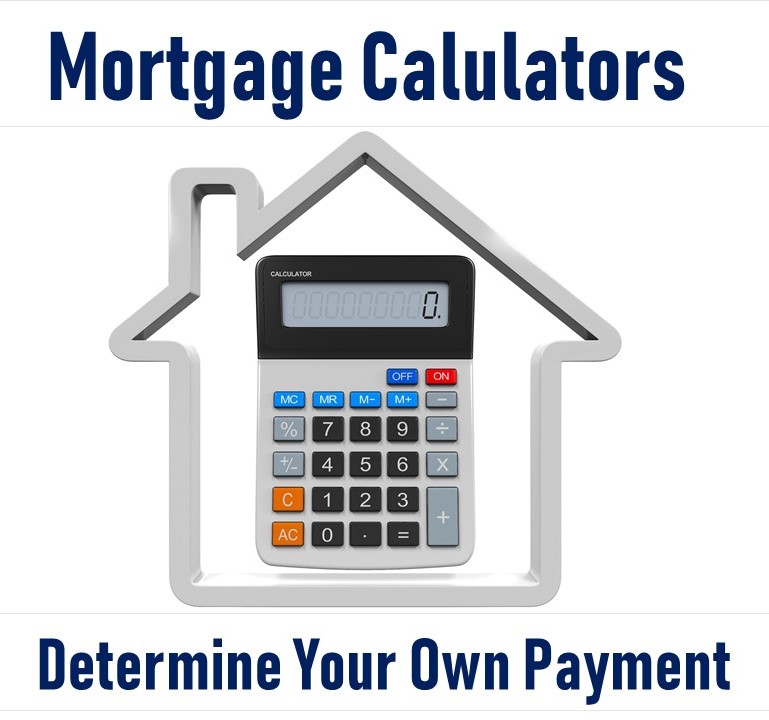
Long term rental properties are widely considered one of the best ways to diversify any real estate portfolio. The right buy and hold real estate can yield both short term gains and long term appreciation. There are many investors who are intimidated or confused with how to get started. However, I can assure you that buy and hold real estate may be one of the best investments you make, if you mind due diligence before you jump in. To that end, the following should serve as a beginner’s guide to buy and hold real estate for investors looking to get started:
1. Find the right property: Whether you are looking to buy a property for rental or rehab purposes, you need to get the best possible deal. With rehab properties, there is an increased emphasis on making offers that can maximize your bottom line. The same should be the case with a buy and hold property. Your monthly cash flow is directly dependent on your housing expenses, which are then based on the purchase price. You should negotiate the same way you would for a rental property as you would for a rehab. While price is always important, it is more important to get the right property. Not every house will make a good rental property. You can get a great deal on price, but if there is no demand you will have a tough time finding tenants. Focus on areas that are on the rise, even if this means paying a slightly higher price. Look at the layout of the property in the eyes of a potential tenant. Before you make an offer, do some homework on area rental properties and see what they offer. A good buy and hold property starts with finding the right property.
2. Financing: One of the great misconceptions of buy and hold financing is that you can’t use hard or private money to fund your purchases. Buy and hold properties offer all of the same methods of financing, just structured a little differently after a few months. You can still use traditional lender financing, FHA purchase loans, hard money, private money and possible subject to or seller financing. After you purchase the property, there is a minimum waiting period before you can refinance the loan at the new appraised amount. This can be anywhere from 90 days to a full year, depending on the lender and the program type. You can use hard money to get into the property and after six months refinance, pay off the loan and go from there. This is just one way to finance the acquisition. If you are just starting out, you can also use an FHA loan with a 3.5% down payment to acquire a two-family property. Simply live on one side and rent the other unit until you are ready to move on. If you are creative, there are a handful of ways to finance buy and hold properties that you may not be aware of.
3. Add value: In one sense, rehabs and buy and hold properties are similar in that you need to add value. There are very few good turnkey rental property deals out there. These types of properties often go as close to full asking price as possible. If you want a good buy and hold deal, you need to be willing and able to put some work in. You don’t need to give the property a full face-lift, but you need to make it appealing to live in. At the very least, you need to update the flooring, paint the walls and improve the kitchens and bathrooms. These expenses need to be factored into your budget before making an offer. With some subtle upgrades, you can increase your rental amount 25-30 percent.
4. Managing the property: One of the reasons that investors stay away from buy and hold properties is because of the tenant horror stories they have heard. For every ten tenants, however, nine are typically great. That remaining one could turn a good property into a nightmare. The best way to avoid this is by working with a property manager. Whether you decide to go this route or opt to manage the unit yourself, you need to have a system in place before you buy. You can just find a tenant and expect to collect rent checks every month. There is a good amount of time, effort and patience that is needed to run a rental property. The long term rewards are great, but getting there takes management skills and dedication.
5. Expect the unexpected: Things can often change a rental property in a moment’s notice. One day you are praising your tenants for their timely payments, and the next day the furnace breaks down. It is not uncommon to go several months without any issues, then out of the blue get hit with two or three major expenses. It is important to maintain a healthy reserve fund to brace for unexpected occurrences. Without reserves, you will be forced to scramble to find funds to pay for these items. This can come from high interest credit cards, personal funds or money earmarked for other projects. It can also cause you to run the property in a way that loses good tenants and may cost you more money in the long run.
One or two buy and hold properties a year will transform your portfolio in a positive way. Fortunately, getting started with them is not as difficult as you may think. Follow these five guidelines to help you get on the right track.







Leave a Reply